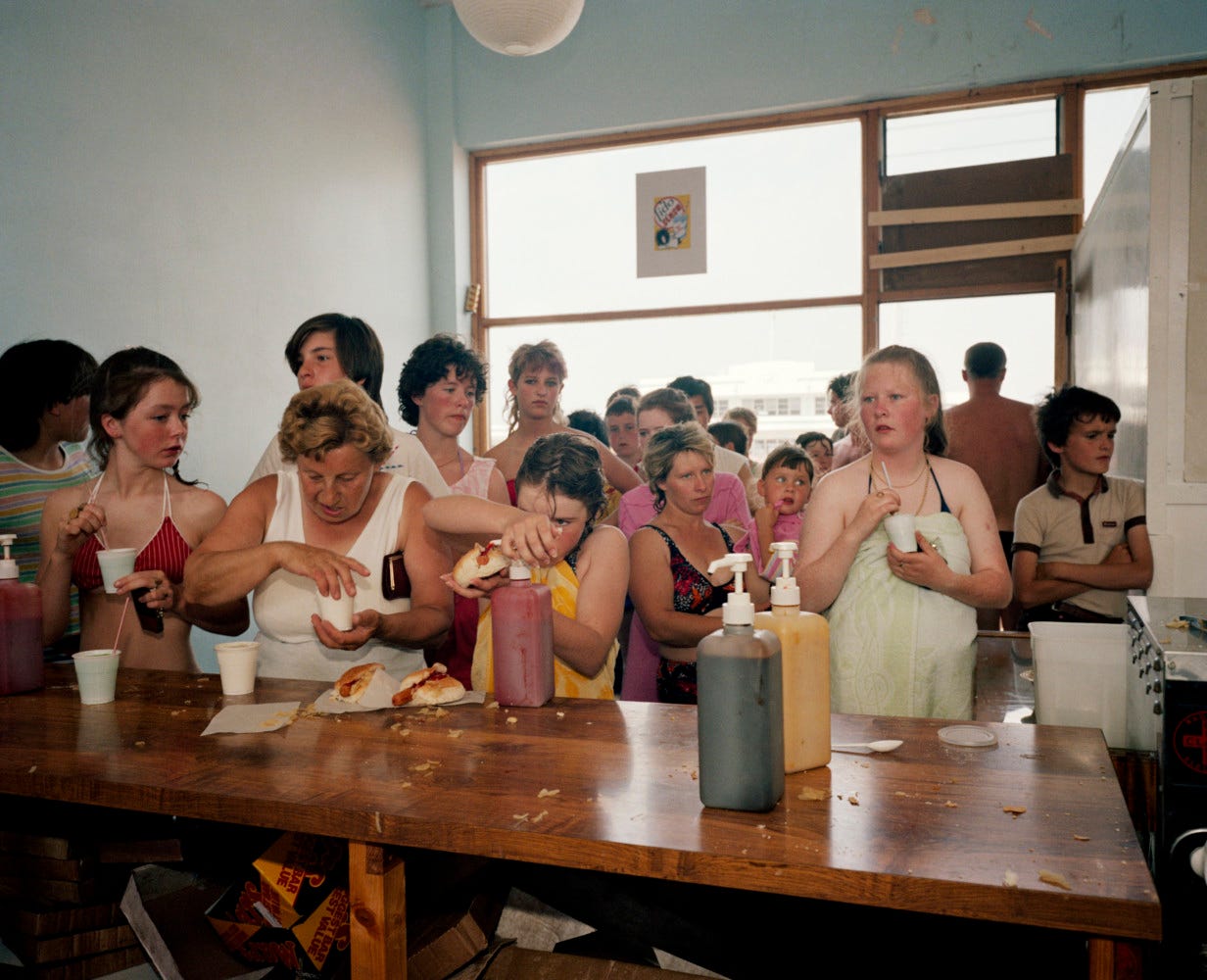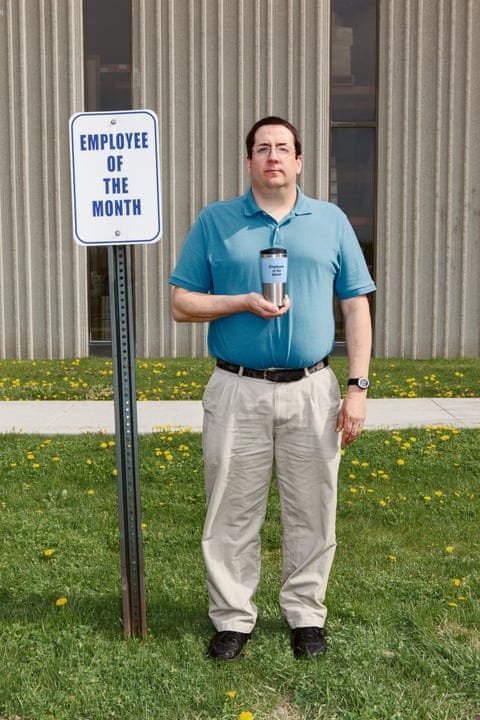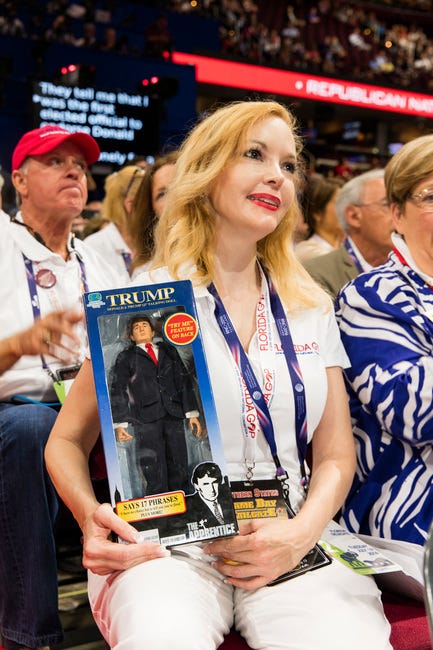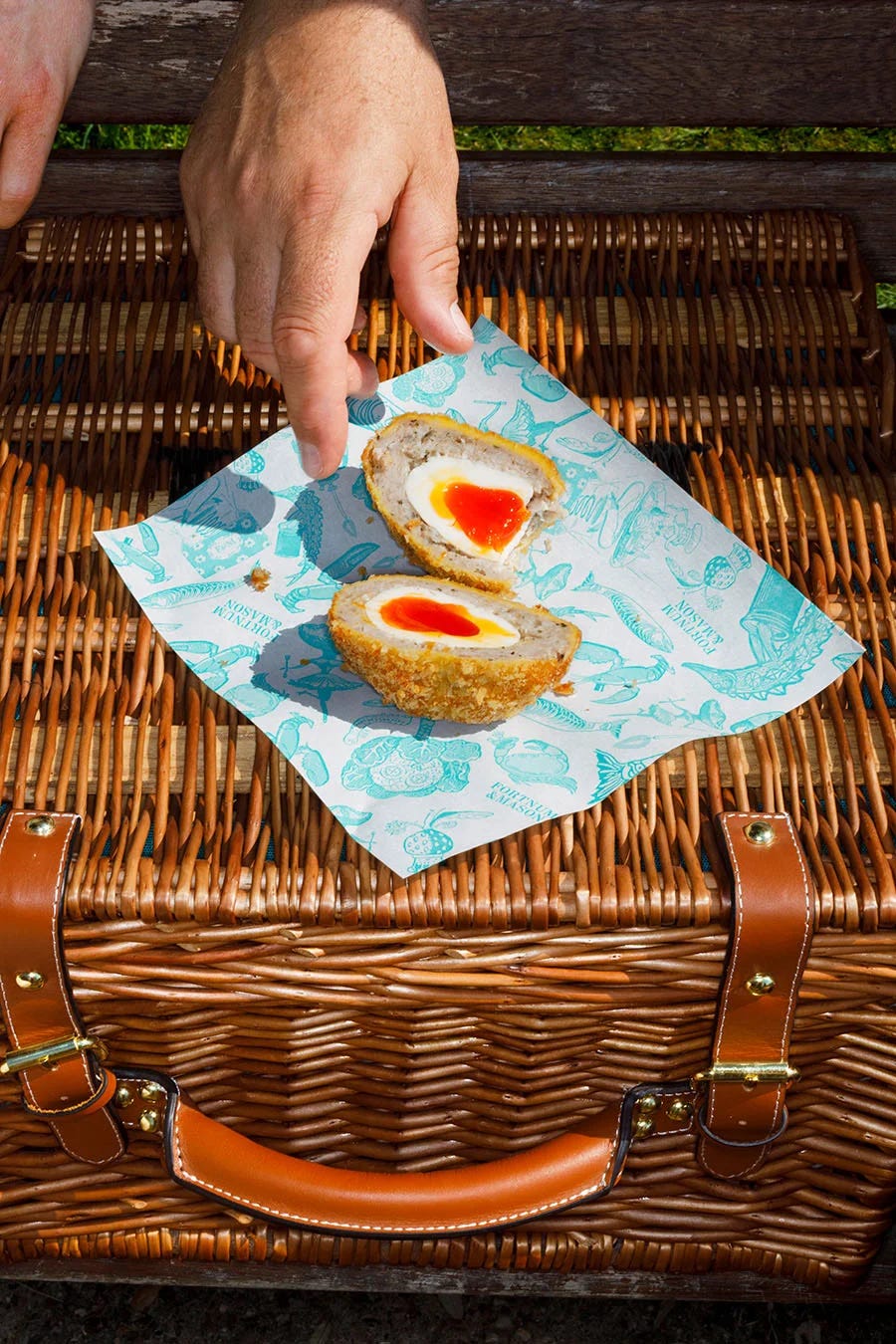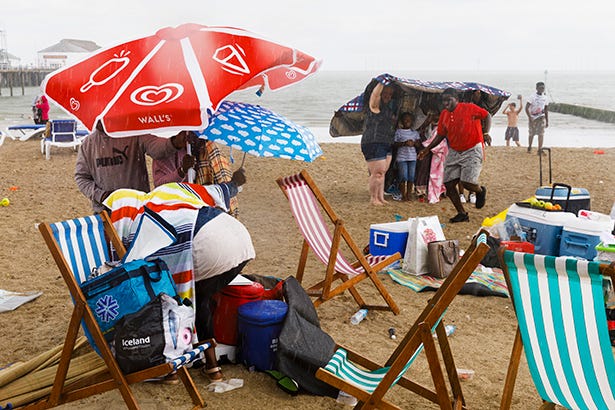Martin Parr: Utterly Lazy and Inattentive
New autobiography about one of Britain's best-known photographers
I can’t put my finger on the first time that I saw a photograph by Martin Parr (b.1952), but I know that I instantly fell in love. Fish-and-chip shops, Butlins, Oxford University, and Henley Regatta are just a selection of stages ripe for class-based humour. Whereas many artists portray the loneliness of crowds, Parr presents them resplendent with connection, conveying his own love of people in saturated colours.
At his talk for the Arts Club in London on Monday evening, Parr discussed his latest publication, Utterly Lazy and Inattentive (2025). Titled after a comment by his French teacher in a school report, his life story unfolds through a selection of photographs, co-curated into an autobiography by Wendy Jones. His journey to become one of Britain’s best-known photographers begins at age eleven. Frozen Stream, Chessington, England, 1962-3, is the deceptively black-and-white genesis of a career that would later be characterised by juicy colour.
I include this early photograph as a benchmark. Much has changed since then. I mention this seemingly obvious point because it reveals a lot about his documentary approach. He captures seemingly trivial scenes — a woman filling a car with petrol for Something That Seems Ordinary, Salford, England, 1986 — but time has transformed her into a person from a foreign land. She wears a rectangular below-the-knee tartan skirt, stands with her feet far apart, and lugs a petrol nozzle with both arms that hang heavy like concrete. Her face is in profile, eyes focused on watching the numbers climb. The Ford Escort is from another era — chrome finish and a bulging hood, while the pump itself resembles the robot Wall-E.
Every day life, but never monotonous. Any scene could contain the elements to become a Martin Parr photograph. Only he has the magic touch — a style that is instantly recognisable, thanks to his mix of satirical humour, saturated colours, and striking composition. Scenes that depict nothing happening at all read as precious documents.
Parr explains that his favorite moments to photograph people are during leisure time because how we spend our time away from work defines who we are. Hearing this improves my understanding of his practice. He constructs stereotypical universes wherein the middle classes attend garden parties, village fetes, and antique fairs, whilst the working classes populate holiday resorts, seaside towns, and betting shops. These clichés have made him the subject of past criticism, to which he responds by democratically photographing people from all socio-economic backgrounds.
Parr jokes that the problem with photographing the middle class is that they know what he's doing. The audience at the Arts Club chuckles at this remark. While it might seem like a jab at the so-called working classes, the real joke is on the audience for their restrictive self-awareness. There is something liberating in not caring what others think, and this disgusts those for whom appearance is everything. Poking fun is something you do to friends, not foes, and Parr does it to everyone.
Unrestrained emotion explains why his photographs of food are some of my favorites. Hunger drives humans to revert to animalistic instincts. Sugary donuts are squashed prey between greasy hands. Parr captures the invisible intimacy between the sense-driven subject and the object of their greed. Anticipation intensifies in this space. Notice the focused expression of the middle girl in The Burger Bar in the Lido from “The Last Resort”. She doesn't notice the intruding photographer’s gaze because she is too engrossed in orchestrating the marriage between the saccharine sauce and salty meat. You can almost smell her hunger and the glistening sweat from the background patrons, whose fleshy arms resemble hot dogs and buns.
Advances in mobile phone cameras are interesting for exactly this reason, he explains. People are less likely to notice that you’re taking a picture on your phone compared to the ceremony involved with a traditional camera. After all, the natural reaction to a pointed lens is to smile — a cause of despair for Parr, who insists that smiling in photos ironically makes them less funny.
Seriousness belies the humour. Parr describes himself as being in the entertainment industry, but politics can be inferred from his work if the viewer so chooses. Unlike some of his contemporaries featured alongside Parr in The 80s: Photographing Britain (21 November 2024 - 5 May 2025) at Tate Britain, the judgment or political stance of his images is less glaring. Take his photographs from the 2016 Republican Convention in Cleveland, Ohio. The blonde subject appears almost biblical in her fondling of a Trump doll. Adoration is reminiscent of Madonna with a baby in her arms; the only thing missing is a nimbus.
Parr documents events with perspicacious insight. Out of the hundreds of photos from across his career, he claims to produce only ten to twelve “good” ones each year. The list is still growing. Wander through the London underground, and a striking image of a Scotch egg atop a wicker basket might catch your eye. It’s no surprise that his photographs for Fortnum & Mason’s recent summer campaign packed such a punch. Quintessentially British, his visual imagery summarises the famous London store — the centre of the universe — as the gooey lava-like yolk of a Scotch egg.
The visual vocabulary of Britain is at his fingertips because he has spent a career defining his relationship to his country through photography. Think of England (2004) is a photobook dedicated to this pursuit. Arguably, the best place to capture Britishness is on a rainy beach. Parr explains that rain and wind make people do funny things, and he is correct. Beachgoers in Clacton-on-Sea, Essex, 2017, engage in a slow-motion battle scene. A man prances from a blanket base to an umbrella fort that appears to be sponsored by Wall’s ice cream. Hands hold up the protective gear with utmost sincerity. Water bottles strewn about, flapping deck chairs, and closed coolers signal an abandoned picnic.
Against the weather, whatever the cost, British optimism triumphs on the beaches. Parr is the documentary photographer who makes spirits sing anthemically through the medium of film.


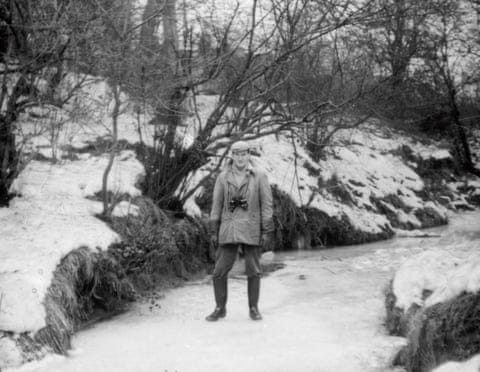
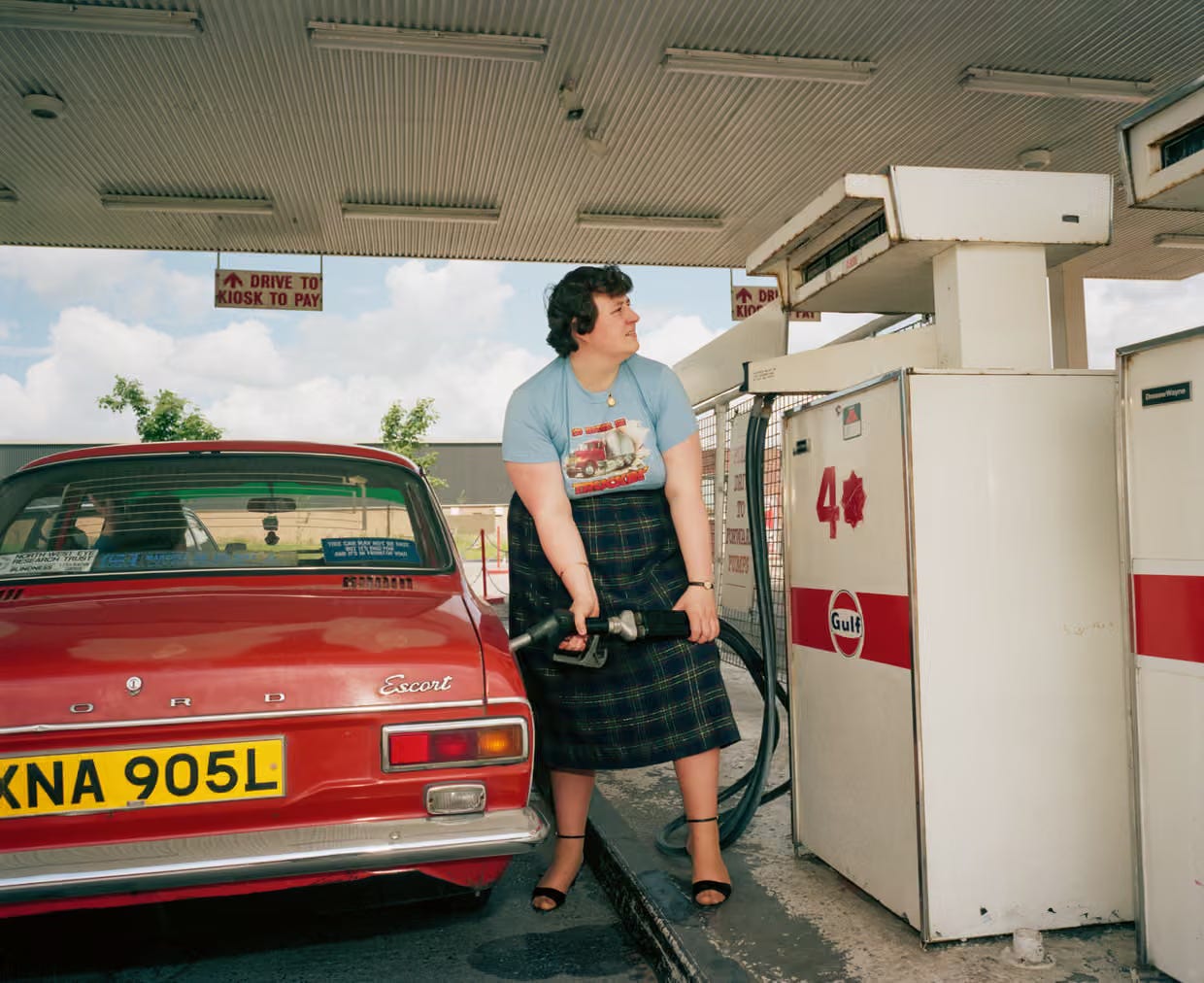
![Common Sense 72 [Doughnut, Ramsgate] Common Sense 72 [Doughnut, Ramsgate]](https://substackcdn.com/image/fetch/$s_!cFNo!,w_1456,c_limit,f_auto,q_auto:good,fl_progressive:steep/https%3A%2F%2Fsubstack-post-media.s3.amazonaws.com%2Fpublic%2Fimages%2F3931a184-6bd4-4657-86d3-3c9ae2951d01_1917x1279.jpeg)
